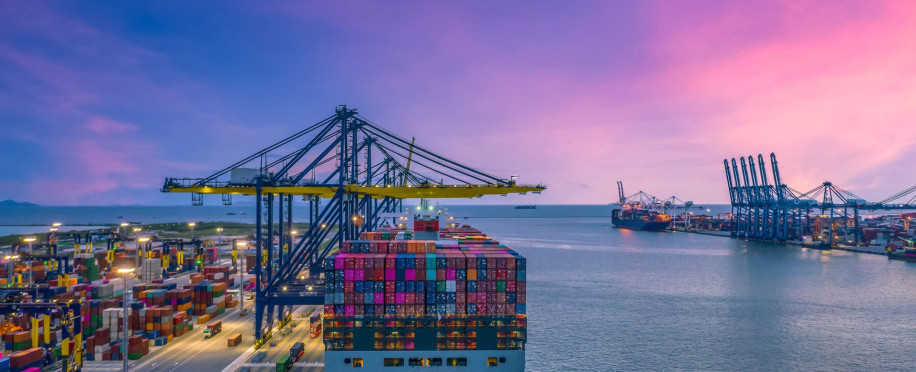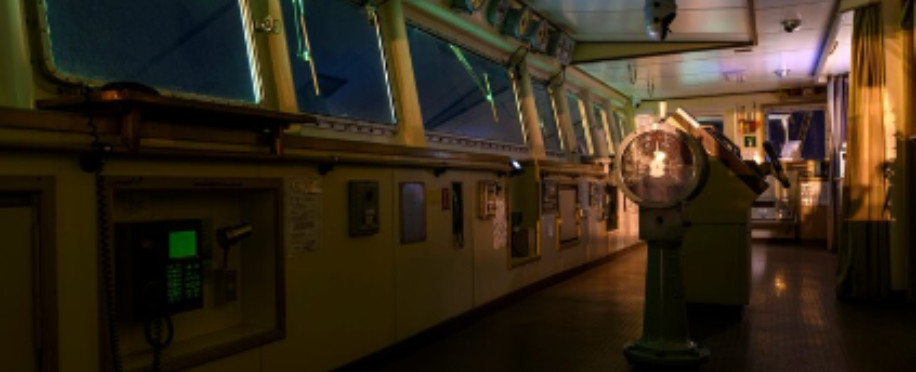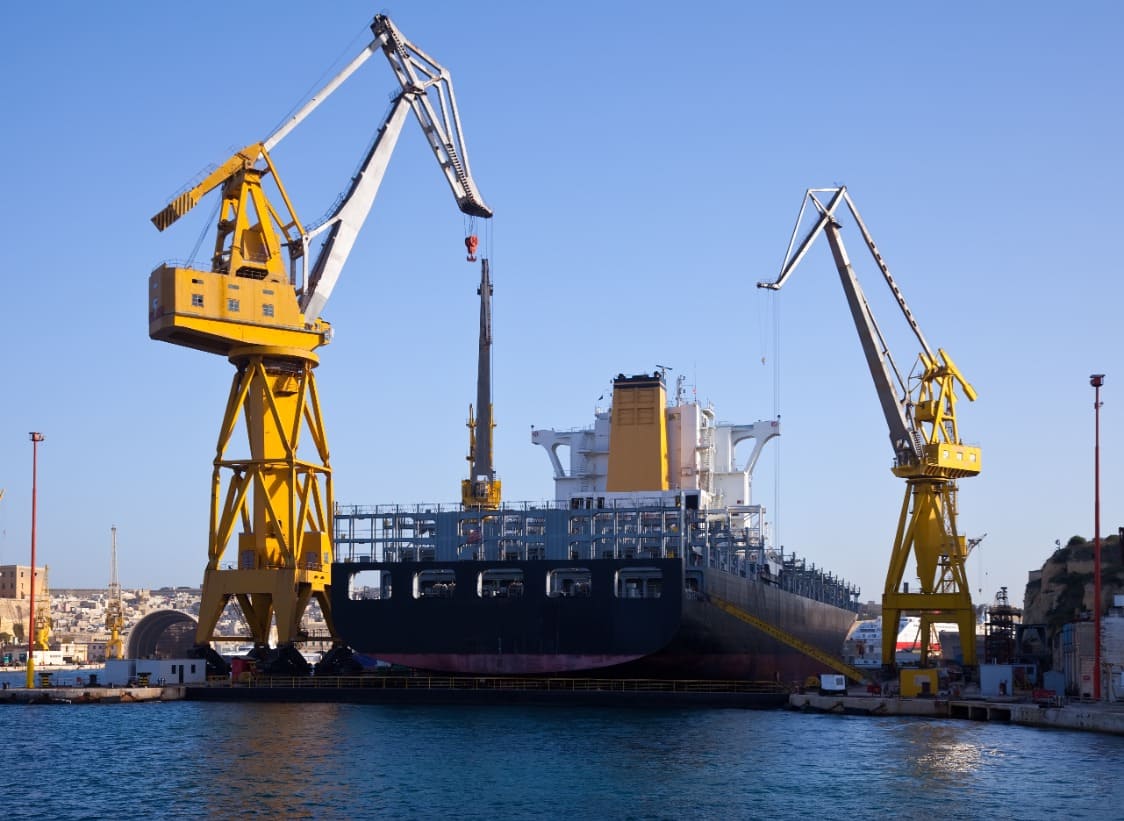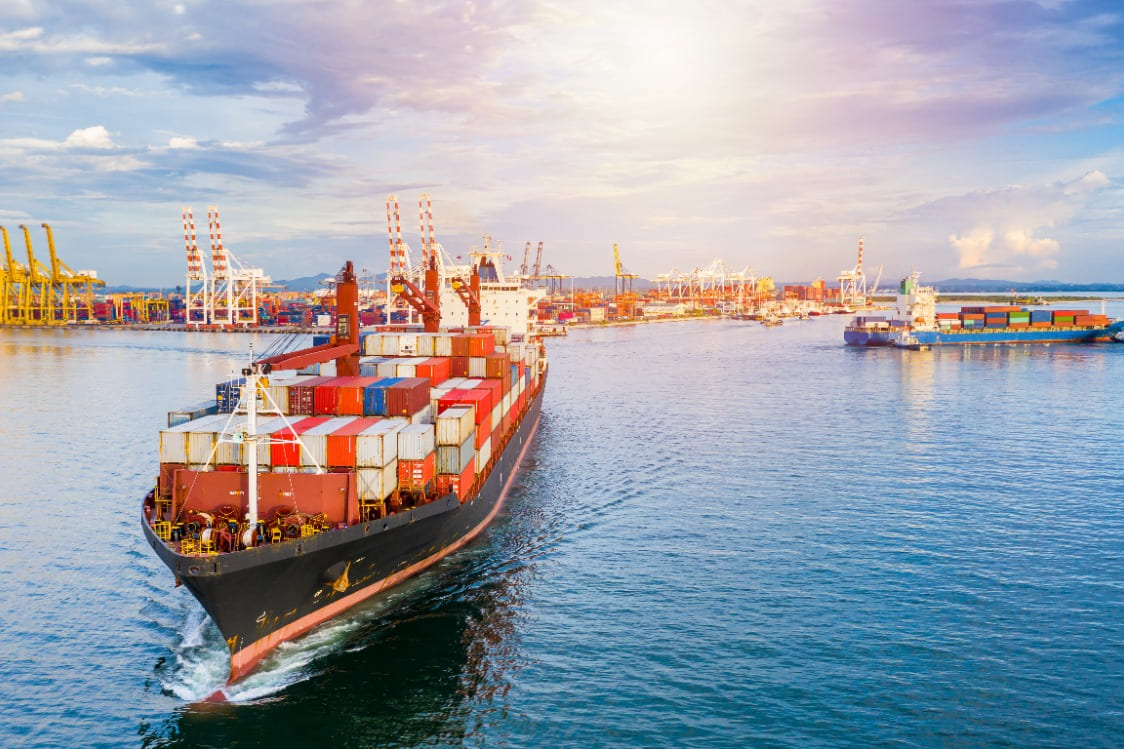Best Practices for Ensuring Adequate Under Keel Clearance

Posted on Jun 19, 2024 at 11:06 PM
On paper, under keel clearance may sound like a minor measurement, however, in real life it's an essential part of a ship's ability to move in waterways and smoothly enter ports.
In this article, we provide you with a guide on this simple yet complex concept and you can use it to keep your shipping operation running smoothly as ever.
Understanding under keel clearance
The UKC term stands for the Under Keel clearance which measures the distance between the ship’s keel and the seabed. Adequate UKC is crucial to prevent groundings, facilitate the movement of ships, and keep the vessels and the marine environment safe.
Think of UKC as a margin that a ship needs to maintain so it doesn't hit the seabed. This underwater depth allowance helps reduce accidents while maintaining the flow of the ship.
Why is under keel clearance important
Navigational safety
UKC plays a significant role in the safety of navigation. If the ship is going to cross shallow waters, predictions should be made to increase the UKC to ensure sufficient cargo transit, Some other factors that play a role in predicting the UKC are tides and water motions as we'll explore later in the article.
Environmental Protection
UKC is key in accident reduction because it stops the ship from dragging its hull on the bottom of the sea which causes destruction to marine habitats and may even lead to oil spills during the ship’s voyage.
Port management
UKC is a method used to design ports and calculate the deepest point that a port needs to be to allow ships to safely maneuver harbours easily.
Under Keel Clearance at Ports
UKC is one of the most critical parts of a ship's operational safety. A low tide or a drought can cause severe consequences, and in response to that, a ship operator should make more allowances based on real-time weather calculations, water levels, and data analysis of other metrics.
Standing vs. Moving Ships
The UKC is determined based on the ship's size and the port's cargo volume capacity. Two distinct measurements are used in UKCM systems which are:
-
Pilot's Foot (Stationary): When the ship is static during loading/unloading, a smaller UKC is allowed, as the ship is not subject to the forces of motion.
-
Pilot's Foot (In Motion): When the ship is entering or exiting the port, the UKC needs to be more generous to account for the "SQUAT" phenomenon. As the ship accelerates, the water flowing faster around it causes the vessel to sink slightly deeper.

Calculating UKC
Calculating Under Keel Clearance (UKC) involves determining the distance between the vessel's keel and the seabed. This distance depends on various factors which include:
Vessel characteristics
-
Draft – The amount of under keel clearance required is directly proportional to the draft of the vessel.
-
Size, width, and flexibility - The larger the ship, the less maneuverable it is, and therefore needs more space to operate in.
-
Propulsion system – Ships with propellers or other appendages below the keel require more under-body space.
Waterway characteristics
-
Depth of the underway – the deeper the water, the smaller the under keel clearance required.
-
Tidal range – High tidal ranges mean that more clearance is needed to accommodate changes in water level.
-
Seabed type – While soft, muddy bottoms are less of a problem, hard, rocky bottoms are problematic.
-
Current and wave conditions – Larger margins are needed when currents and waves are strong.
Navigation factors
-
Depth surveys and navigation data – The greater the uncertainty, the greater the need for clearance.
-
Vessel traffic and maneuvering room – The areas with high traffic require more space for the vessel's dynamic movement.
-
Risk of squat (vessel sinking in the water at speed) and other changes in trim.
Safety factors
-
Contingency for events such as steering malfunctions and grounding.
-
Rules and procedures laid down by the port authorities or any other maritime bodies, it’s best learn these rules through a London maritime academy to get the most reliable knowledge.
The required underkeel clearance is usually specified in terms of a percentage of the draft or as a fixed measure.
Generally accepted norms indicate that first-draft or second-draft should contain from 10 to 15 percent of the wordage.
In any case, the recommended minimum clearance must be maintained is 5-2 meters depending on the circumstances. To avoid hazardous conditions on the roads, it is important to consider all these factors.
In conclusion, understanding and managing Under Keel Clearance is integral to ensuring the safe and efficient passage of ships through waterways and ports. By meticulously considering the diverse factors influencing UKC, ship operators can enhance navigational safety and minimize the risk of accidents, contributing to the seamless flow of maritime trade.




